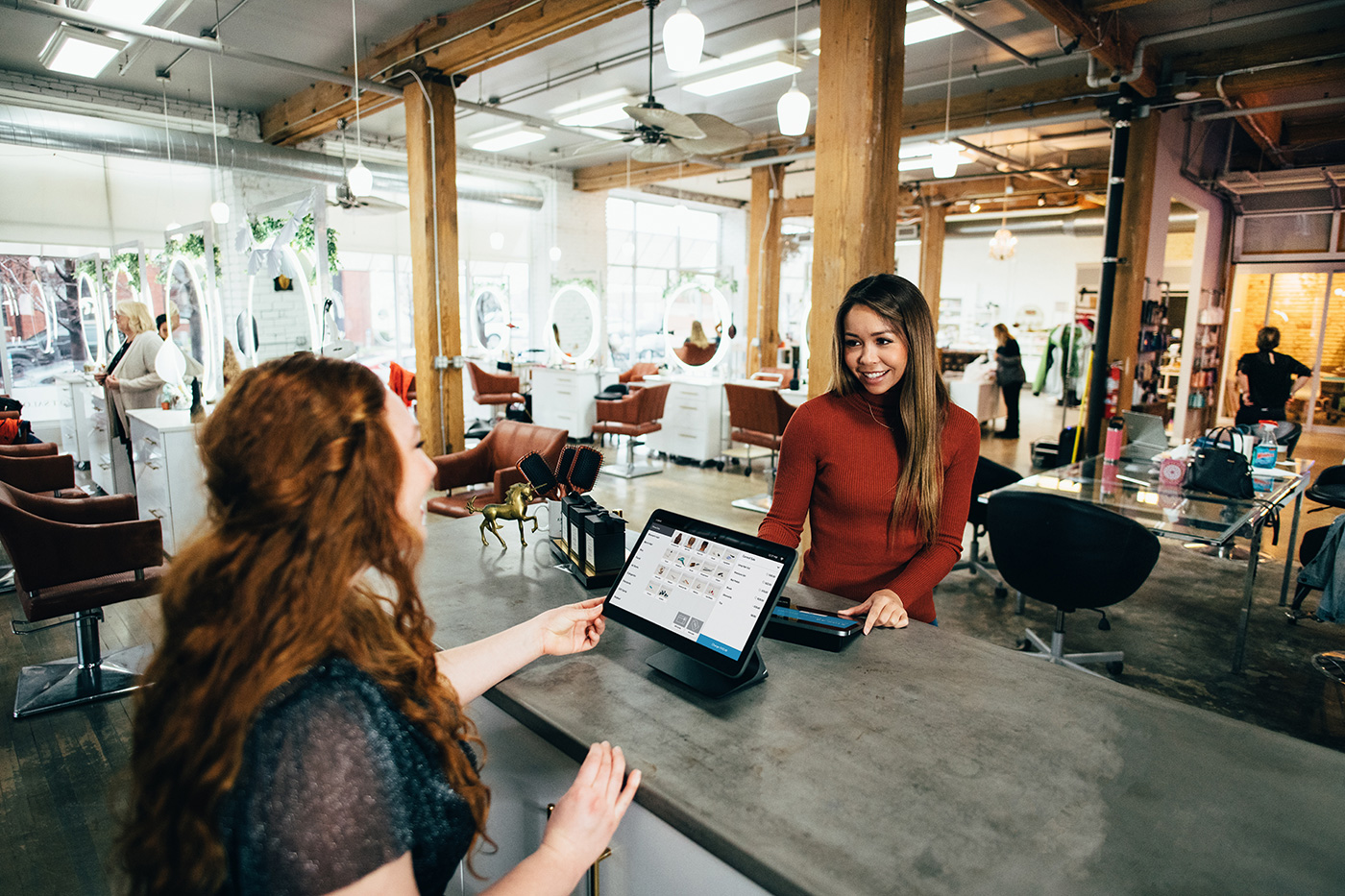Integrating Generation Z into the workforce
We’re in the midst of a workforce revolution. In the next five years, Generation Z is set to constitute one fifth of the workforce. As companies have employees spanning five generations, the workplace will need to adapt to ensure that the different needs of each age group is met. This will be vital in attracting new talent while retaining the skills and knowledge from current staff.
Generation Z are likely to be more loyal than millennials, but this loyalty is dependent on working conditions matching their expectations. Flexible working hours and an open office environment are considered the norm. This is a generation that may struggle to work productively in poorly designed offices and will look elsewhere if their employer can’t provide a suitable working environment.
Gen Z have grown up in an on-demand society – everything from music, to movies, to transport is on-demand. In their minds, why should the workplace be any different? They have a natural affinity with the workplace’s technological infrastructure, but still very much appreciate and value face-to-face communication. Workplaces which enable open interaction and facilitate networking are vital.
This ability to connect in the workplace is even more important considering this generation has also been identified as the loneliest of current generations. Workplaces need to create space where connections and communities can grow. Many organisations are utilising the coworking and flexible offices as a means of providing this.
A challenge for workspace providers and managers can be finding the right balance. As Leesman suggests, opening workspaces up to create more collective spaces often comes at the expense of focused work. Gen Z is looking to be a highly competitive workforce in which collaboration needs to be fostered and one way to achieve this is through the development of open and flexible workplaces.
Regardless of how well a workplace is designed for any one generation, it would be both impractical and counterproductive to silo the various generations into spaces adapted to their different ways of working. Creating workplaces which cater to varied approaches to working while encouraging overlap and interaction is key to a productive and happy workforce.
These workplaces need to cater to multiple ways of working and provide spaces for interaction. The fact that large, international organisations are increasingly utilising flexible space is acknowledgement of this. Spaces tailored to an organisation can offer the perfect degree of flexibility and traditional practical space to balance the many approaches to work.
Designing spaces to cater to a new generation of employees might seem daunting. However, it’s essential in order to attract and retain the top talent of this emerging Gen Z workforce. By providing the right settings and services, business leaders can help Generation Z flourish while ensuring that current employees are getting everything they need from their workspace. Identifying the right flexible space strategy should be a priority for all business leaders.

